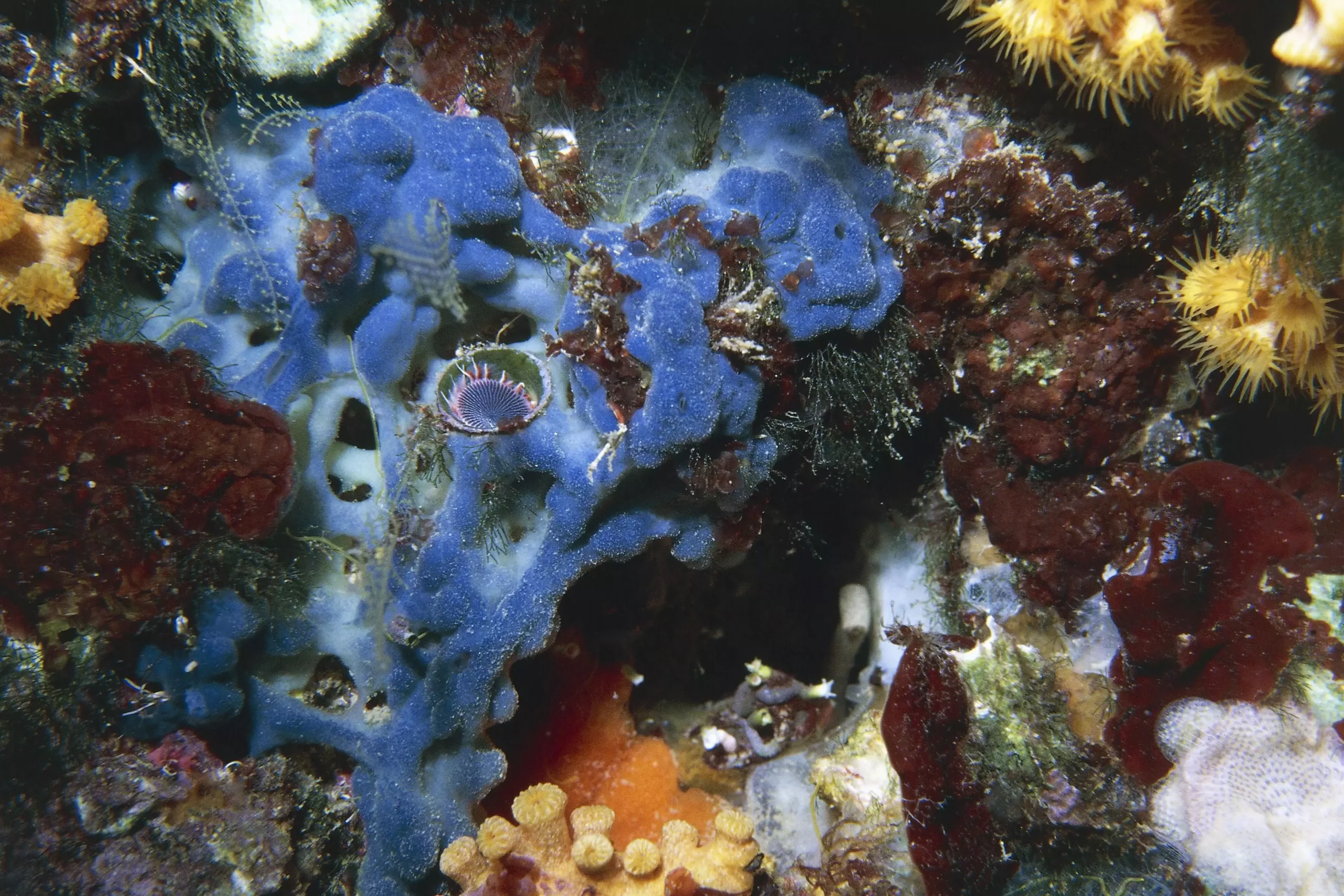Frequently mistaken for traditional algae, red slime algae is actually a type of bacteria known as cyanobacteria. These microorganisms, often referred to as blue-green algae, represent an essential evolutionary link between bacteria and algae, with fossil records suggesting their existence spans over 3.5 billion years. Their significance in Earth’s biosphere cannot be overstated, as cyanobacteria have been pivotal in shaping the planet’s atmosphere through oxygen production via photosynthesis. If it were not for these ancient organisms, the blue skies and rich biodiversity we experience today would likely not exist.
Cyanobacteria thrive in various aquatic environments, but in the context of saltwater aquariums, their rapid and often uncontrollable growth can be a recurring nightmare for fish keepers. If left unchecked, red slime algae can blanket entire tank surfaces, creating an inhospitable environment for both fish and plants. Thus, aquarists need to understand the causes and effective management strategies to mitigate the impact of these notorious organisms.
The Anatomy of Algae Growth: Conditions for Red Slime
The proliferation of red slime algae typically results from an imbalance in environmental factors within an aquarium ecosystem. Two primary contributors to excessive cyanobacteria growth include improper lighting and an overabundance of nutrients, specifically phosphates and nitrates. Under optimal conditions, red slime algae begin as small patches but can quickly evolve into thick mats that suffocate other organisms and disrupt the ecological balance.
Lighting plays a crucial role in the proliferation of these bacteria. Aquarists often face challenges due to inadequate lighting setups, whether it be due to using inappropriate bulbs or extending lighting durations beyond recommended limits. Interestingly, specific wavelengths of light, particularly in the 560 to 620 nanometer range, can dramatically influence algal growth. Therefore, adjusting the lighting conditions in conjunction with other preventive measures can yield significant improvements in algae control.
Nutrient Management: The Role of Phosphates and Nitrates
Phosphates and nitrates serve as primary nutrients for red slime algae, making them a significant concern for aquarium health. Many hobbyists unintentionally introduce these nutrients via unfiltered fresh tap water, unbalanced feeding practices, and various aquarium products that contain high levels of phosphates. Furthermore, phosphate accumulation in established reef tanks can occur during routine maintenance, creating a nutrient-rich environment ripe for algae growth.
To combat this issue, aquarists should utilize reverse osmosis/deionization (RO/DI) water mixed with a high-quality sea salt that is low in phosphates. Regular monitoring of water quality, coupled with diligent tank maintenance, can eliminate the underlying causes of nutrient excess by reducing waste buildup and improving overall tank hygiene. Additionally, incorporating protein skimmers and efficient filtration systems into the aquarium setup can significantly reduce organic waste and, consequently, nitrate levels.
While it may seem daunting to deal with red slime algae, several effective management strategies can help restore balance in the aquarium. One of the first steps in addressing the issue is to adopt a methodical approach by altering one environmental factor at a time. This will ensure that hobbyists can accurately identify the most effective solution and avoid unnecessary complications.
One essential strategy involves optimizing lighting conditions. Using bulbs designed specifically for aquarium use, limiting the duration of light exposure to approximately 8-9 hours daily, and experimenting with differing bulb types can all contribute to improving the light spectrum and minimizing algae growth.
In addition to lighting adjustments, ensuring the aquarium environment is rich in flow and movement can dissuade cyanobacteria from establishing themselves. Increased water circulation can significantly curtail the formation of stagnant areas, thereby limiting the carbon dioxide available for algae consumption.
While immediate solutions, such as chemical treatments for greens and additives, may seem appealing, care must be taken. Many remedies available to aquarists are antibiotic-based, which can inadvertently compromise the beneficial bacteria essential for a stable biological filter. Instead, adopting an integrated approach that prioritizes long-term ecological balance tends to yield more sustainable results.
Regular tank maintenance practices remain foundational to preventing red slime algae in the first place. This includes routine water changes, comprehensive substrate cleaning, and careful addition of livestock to support a healthy ecosystem. Additionally, including natural algae-eating species, such as specific fish or invertebrates, in the aquarium can further assist in controlling algae populations.
Understanding red slime algae may feel overwhelming at times, but recognizing the factors that contribute to their growth can empower aquarists. A tailored approach to tank management—focusing on water quality, light optimization, and ecological balance—ultimately fosters a more vibrant aquarium ecosystem, free from the clutches of invasive cyanobacteria.

